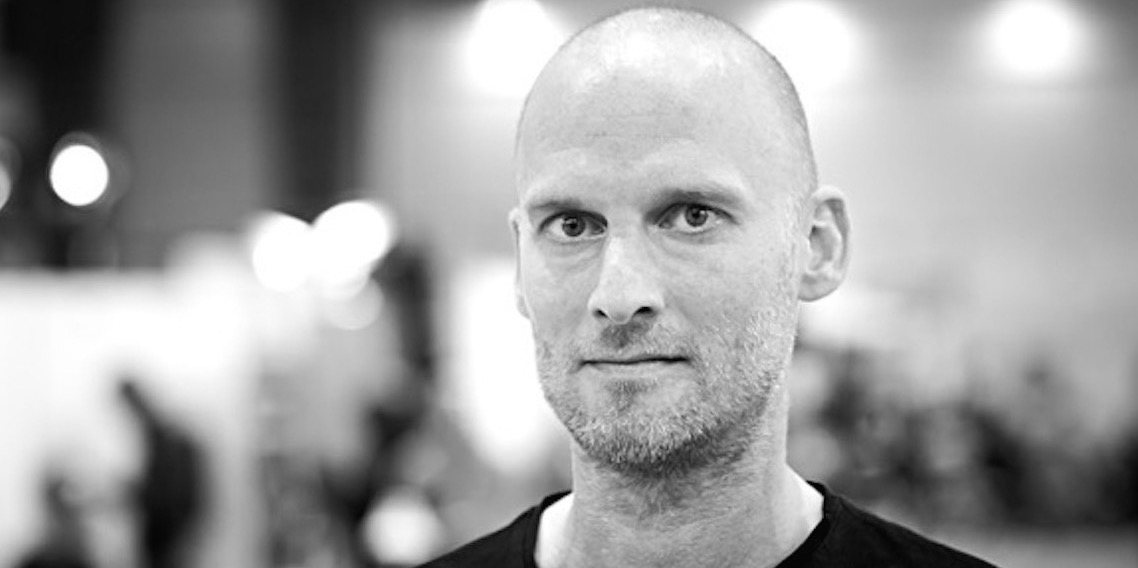Sylvia Xu works for ProHelvetia Shanghai, which aims is to encourage dialogue between Swiss and Chinese cultural practitioners and institutions. EARS interviewed Sylvia on the latest ProHelvetia projects and the ways of collaboration.
Hey, who are you and what do you do?
I’m Sylvia Xu, the head of Pro Helvetia Shanghai. My job is to promote Swiss contemporary art and culture in China, Hong Kong and Macao. We are a facilitator and a bridge between Chinese and Swiss art institutions and artists.
How has the cooperation developed?
I see that we are now known in the arts sector in China compared to the time say six years ago. Back then people had no idea what Swiss Arts Council, Pro Helvetia was. What we have learned a lot about is that who is a good partner and who is not. Now we can give Swiss artists valuable advice on what to do when they come to China.
How does Chinese audience take the Swiss art?
At the beginning, in 2008, the Swiss government initiated this culture program with us. At that time there was no Pro Helvetia Shanghai office. We just implemented the program for about 2-3 years during the Olympics and the World Expo. At that time the Swiss government did a research and discovered that when Chinese people were asked to tell about Switzerland, they associated it with chocolate, watches, high quality and rich people. Nobody was talking about Swiss arts or culture. Now, after six years, we haven’t really been focusing on PR to the public as we have Chinese partners to do that. Now we are much more well-known along the institutions and they know who we are and where we are when they want to have some collaboration projects. I think that at the moment people are more and more looking into design and architecture projects. And that is a sector which Switzerland is quite known for. That’s why in 2010-2014 we are focusing a lot on these projects. In terms of music, the interests is more in jazz and electronic music.
It's very important to select your partners carefully in China
Could you tell us about a recent project?
In September we had a big solo exhibition of Pipilotti Rist. She is the most well known living Swiss artist in China. The host of the exhibition was Times Museum in Guangzhou and actually ProHelvetia gave only a small amount of funding, most of it came from the Chinese partner. This was quite successful as even tough we support projects, we only support the international costs. That means we are not only looking for a venue partner, we are looking for partners who are willing to contribute in the venue, the management and the money. So this was a good project, in which the partner did almost everything. We had very good media coverage. Another project similar to this one we will have next year in Rockbund Museum with another well known Swiss artist called Ugo Rondinone. In both of these examples the interest comes from the Chinese partners, we are not trying to promote and push the artists to them.
Another successful project we are working with at the moment is the Young Swiss Design Kaleidoscope exhibition. It has attracted a lot of attention in the design field. We’ve had both ups and downs with the project as we had some issues with transportation and promotion but altogether it was a great learning experience and now we know what to look out for when organizing exhibitions. Through this project we collected a lot of good contacts and achieved a broader network. This enables us to do even bigger events next year.
One of the biggest challenges in China is that everything is changing constantly
What kinds of challenges do you face in China?
The challenge is that for some European countries, Switzerland for example, many musicians or artists are not known in China. For others, like Brits, it’s easier as their music is much more well-known. What we do is we invite museum directors and curators to Switzerland to festivals, studio visits and director meetings so that they would know more about Swiss art scene. The idea is that they would know which artists to bring to China as they know what the market needs. We have done this quite successfully but it’s still quite challenging. For music, theater and dance, one of the biggest challenge is that most of the festivals can’t give financial support. We expect partners to take part in covering the costs, even with a small amount of money. Still, there is a lot to do. Compared to the time four-five years ago, we are more recognized now within the festivals. We also choose the festivals we work with. In China another challenge is that everything is changing quickly and that is why we can’t plan much ahead. There might be a new festival this year but the following year it’s gone, the festival dates are changing all the time etc. so there are some challenges. Flexibility is one of the most important features when working in China.





